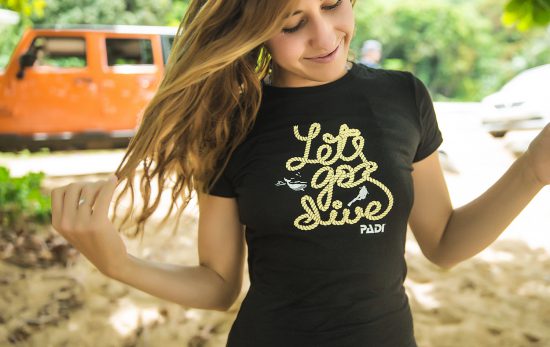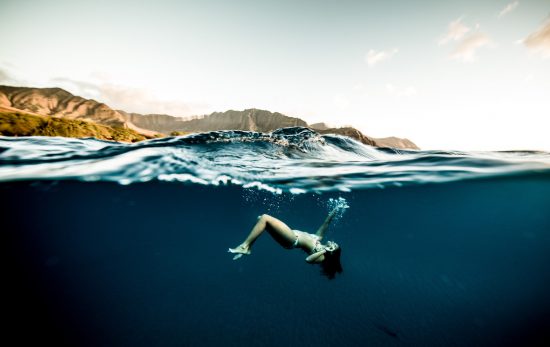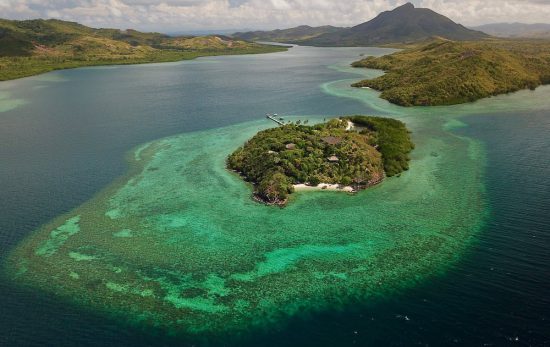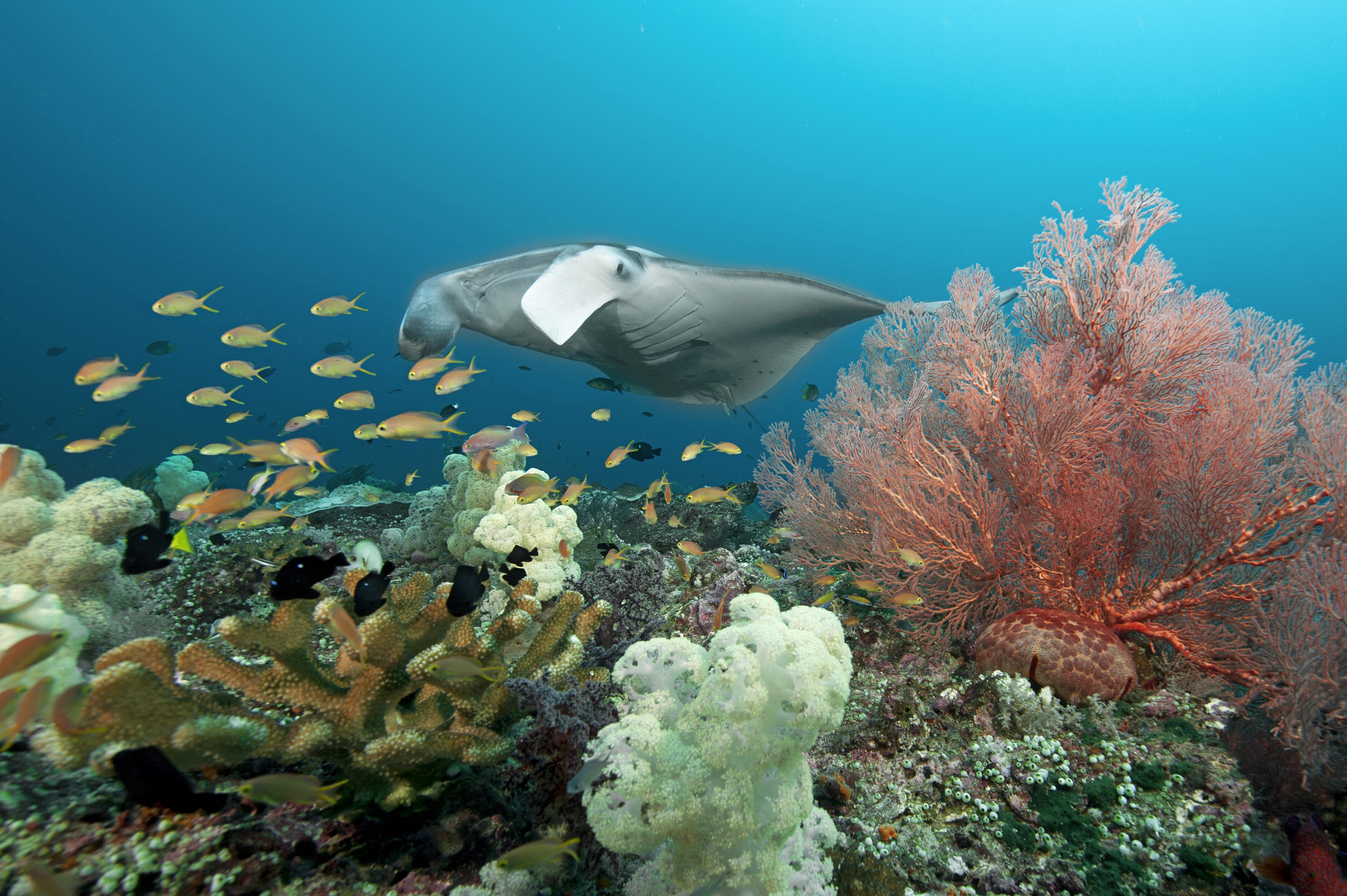
In September 2017, Misool Marine Reserve, a 300,000 acre ocean area in South Raja Ampat, Indonesia was officially designated as a Mission Blue Hope Spot by Dr. Sylvia Earle and her team. Hope Spots are special areas that play a critical role in the overall health of the ocean and the planet.
Located within the heart of the Coral Triangle, the Misool Marine Reserve is often called one of the most biodiverse underwater ecosystems in the world, with more fish, corals, and mollusks than anywhere else.
“Misool represents one of the most pristine reef systems left on earth — one of only a handful of places in the universe where biodiversity is improving rather than declining.” –Dr. Mark Erdmann, marine biologist, coral reef ecologist, and Vice President of Conservation International’s Asia-Pacific marine programs.
Divers that visit this remote region in the southern reaches of Raja Ampat will be delighted by an incredible array of marine life inhabiting a variety of ecosystems including coral covered walls, reef flats, seamounts, lagoons, pinnacles, coral gardens, and open ocean.
The abundance of marine megafauna like manta rays, hawksbill sea turtles, and grey reefs sharks, along with the diversity of smaller reef dwelling organisms like pygmy seahorses, hairy squat lobsters, epaulette sharks, and nudibranchs are just some of the underwater residents that make Misool a truly remarkable place to explore.
However, this area’s health was once in drastic decline due to immense pressures from shark finning operations, turtle egg poaching, and unregulated destructive fishing techniques like reef bombing, cyanide fishing, gill netting, and industrial longlining. It wasn’t until 2005 when a powerful partnership between the local communities and private enterprise (Misool) resulted in the region’s first privately-managed marine reserve.
Now, more than a decade later, a fifteen-person Ranger Patrol team, made up of local residents and managed by the Misool Foundation, uses boat patrols, radar, and drones to maintain constant vigilance over the marine reserve.
The results have been extraordinary. Recent scientific studies have shown that between 2007 and 2013, there was an overall increase of 250% in fish biomass within the Misool Marine Reserve, with recovery surpassing 600% at some key dive sites. Additionally, 25 times more sharks and manta rays have been observed within the boundaries of the reserve as opposed to outside of it in recent years.
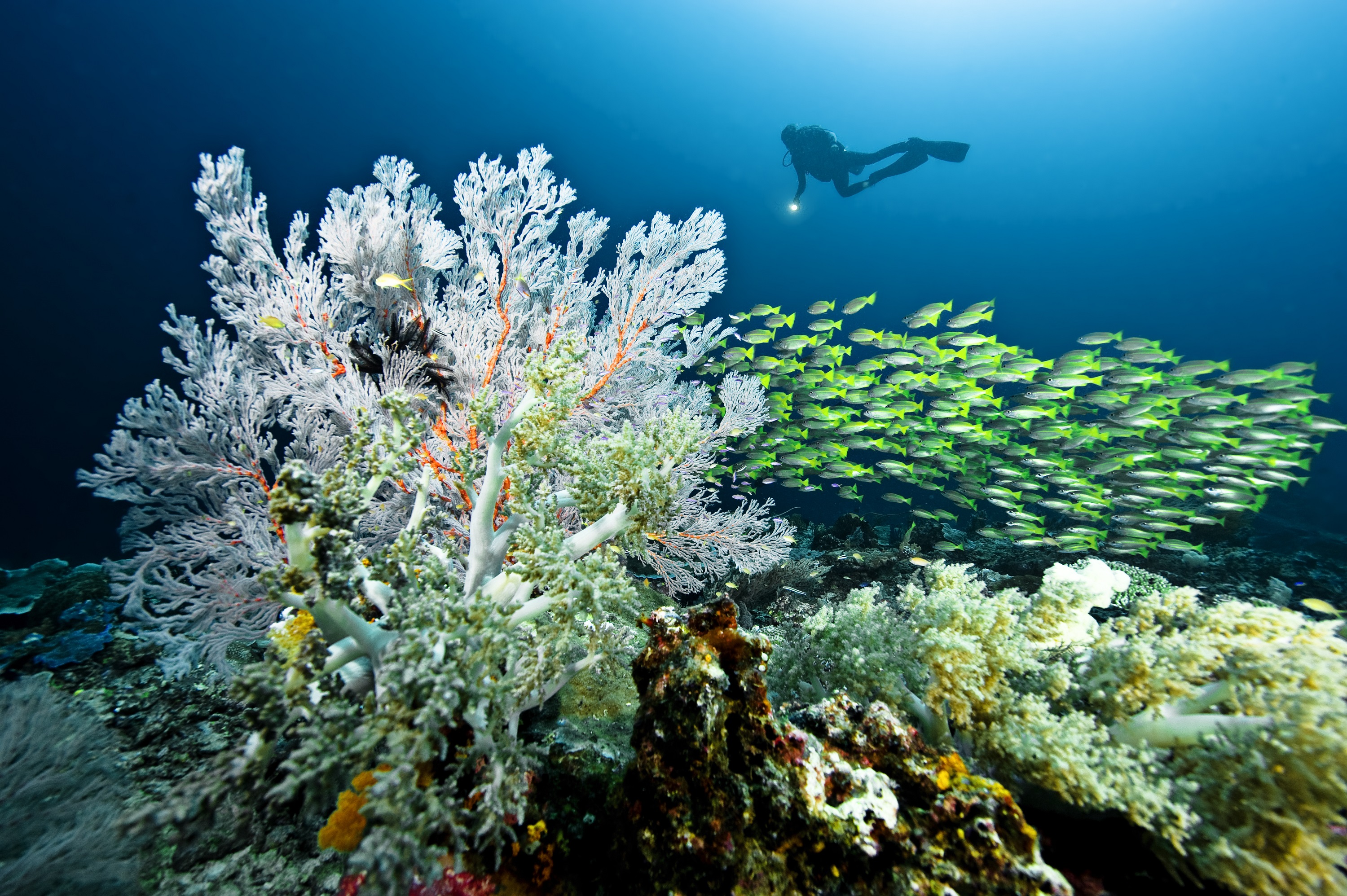
By establishing Misool Marine Reserve as a Hope Spot, Mission Blue aims to increase global awareness of this conservation success story, with Misool serving as an example to other parts of the world that when ethical business practices, community support, and passion for ocean conservation come together, a sustainable future is possible.
Join Mission Blue in their effort to increase public access, awareness, and support of a global network of Hope Spots by visiting the Hope Spots page on their website to learn more about existing Hope Spots and how you can even nominate a part of the ocean you think needs protection and the support of Mission Blue.
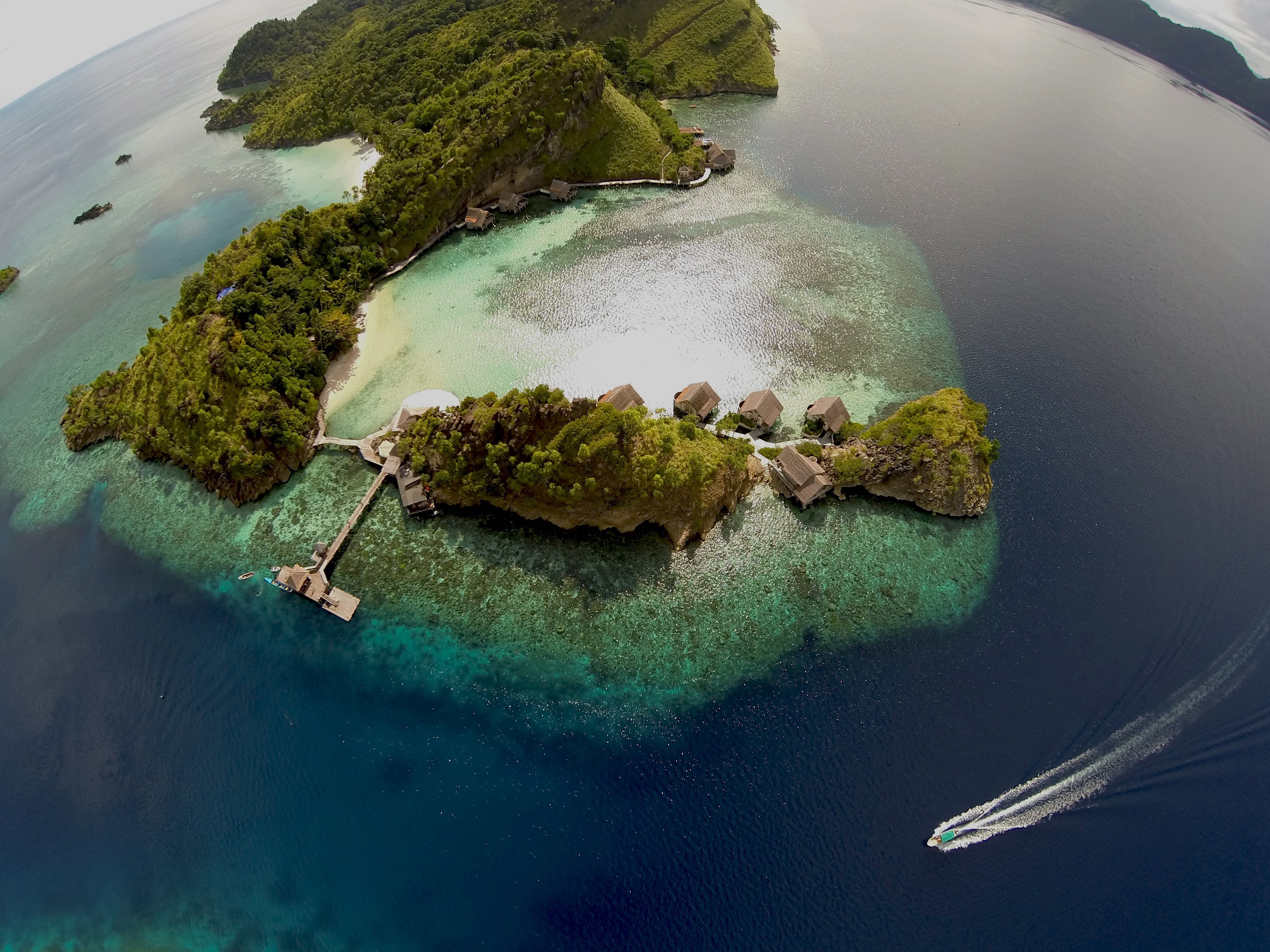
You can learn more about the partnership between PADI® and Mission Blue, how we’re working together to spark global support for Hope Spots, here. And to show your support for the Misool Hope Spot, when planning your next dive trip, keep Misool on the top of your list. Through programs like the Misool Manta Project, educational programs for local school kids, a community recycling program, and the implementation of one of the area’s largest solar field, in partnership with the Misool Foundation, they have one clear goal: to demonstrate that sustainable dive tourism can play a critical role in conservation.
Learn more about the Misool Resort on Facebook, Instagram, and Twitter | Misool Foundation on Facebook and Instagram.

